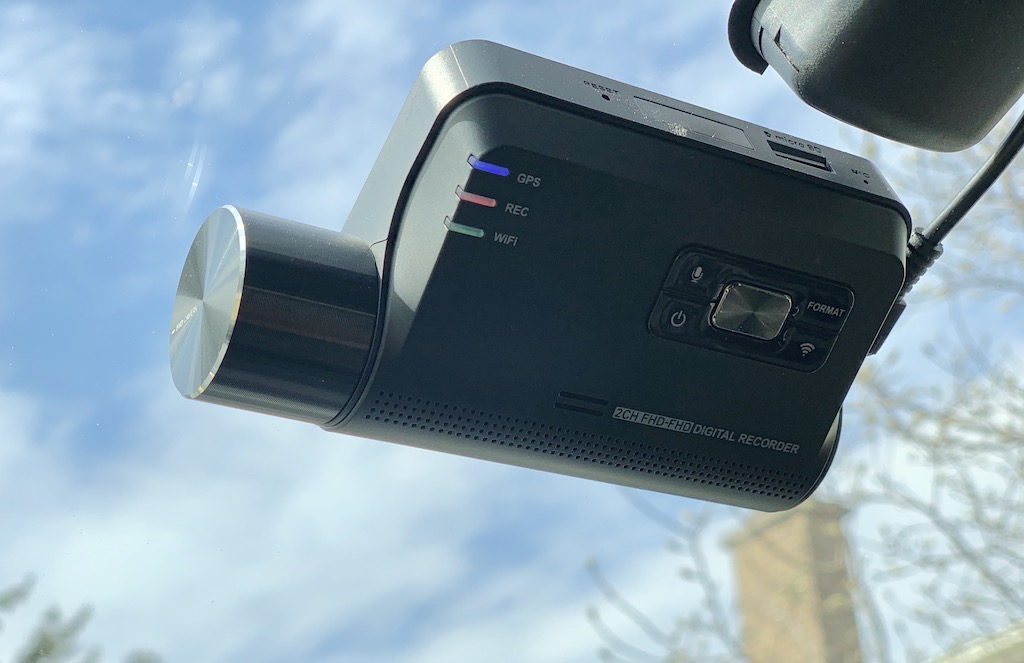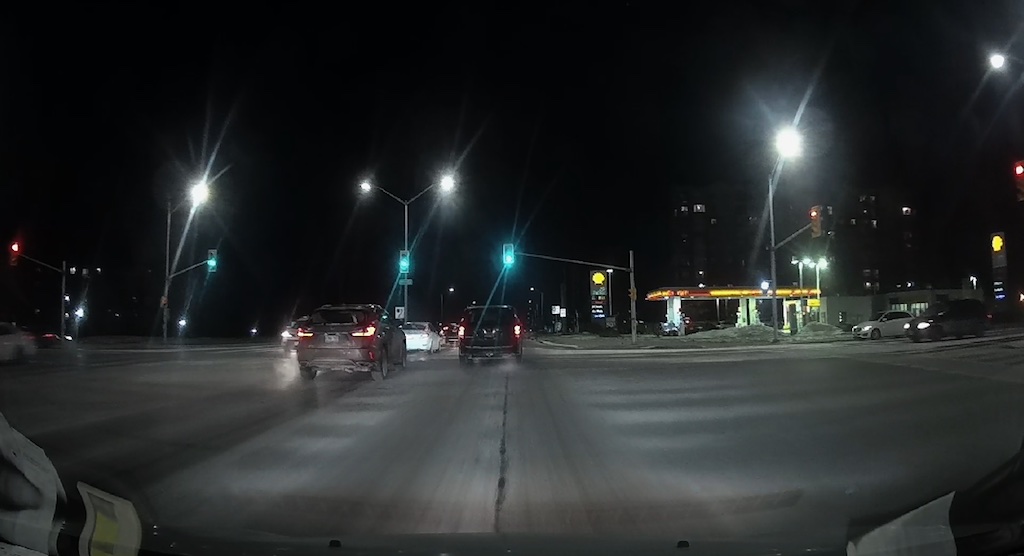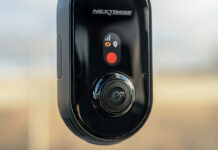
Looking for a new dashcam? Thinkware is one of the industry leaders, and I’ve been testing the company’s current flagship offering: the Thinkware F800 PRO dash cam. And this one does a lot more than just capture cool videos you can post to YouTube.
Why would you want a dash cam?
Why would anyone want a dash cam in their vehicle? Well, there’s that YouTube video potential, but in practical terms, dash cams make a lot of sense. Having a dash cam offers you protection if you are involved in an accident. Not physical protection, but instead of having to sort through multiple conflicting accounts when investigating a crash (no-one ever comes out and admits they caused it), dash cam footage provides evidence that police and insurance investigators can use to help prove someone (or something) else was at fault.
So if you’re tired of people around you driving like “idiots” and you’re counting down the days until one of them clips you, having a dash cam can save you from a big insurance bill.
Dash cams can also help to reduce insurance claims when your vehicle is parked, by recording video when an impact or motion is detected.
 Advantages of this dashcam over others
Advantages of this dashcam over others
The Thinkware F800 PRO offers some key advantages compared to other dash cams. It was very compact and the design had a real premium look to it. Seeing it installed, it almost looked like OEM equipment and it’s so small you really have to look twice to notice it’s even there. Tucked behind the rearview mirror, you don’t notice it from inside the car either, unless you lean forward over the dash and look up.
While some dash cams have moved to 4K cameras, the F800 PRO is 1080p resolution. However, the camera uses a high-quality Sony Exmor STAVIS image sensor. It produces a beautiful video with wide dynamic range, and it is extremely effective in low light conditions (the image below is a screen capture from a video recorded during testing).

The F800 PRO offers advanced car safety features that can go a long way toward upgrading an older vehicle, including front collision warning and lane departure warning. It also has cloud-based features that leverage Thinkware’s smartphone app, including geo-fencing and real-time vehicle location.
Thinkware F800 PRO dash cam key specs:
|
F800 PRO dashcam hands-on
First up, installation of the dash cam was easy. I plugged it into a 12V outlet in my wife’s car, then connected to its hotspot. From there the Thinkware mobile app walked me through setup, including the ideal positioning on the windshield using included two-way tape. The company posts videos that show more details and within a few minutes I had the cable tucked up out of sight and secured beneath the dashboard with included adhesive clips.

Walking through the app, various parameters are set up specific to your vehicle and driving habits. Then it was time to hit the road.
A few seconds after starting the car, the dash cam announces the GPS is connected and suggests you connect to the Wi-Fi hotspot. If you do connect, then Thinkware Cloud features are enabled. You can track the position of the car in real time if a smartphone is connected to it, and there is also geofencing functionality that pings you if the vehicle enters or exits specific locations. It does not have its own cellular service though, so no smartphone connection means no cloud features …
The basic dash cam functionality does not require you to connect, though. After the car starts, the dash cam starts recording video in 1 minutes clips and saving them to the microSD card. Video looks great, and night shots are especially impressive. With the included 16GB card and my wife’s daily commute plus running around to drive kids to work, there is usually a week of video stored before it begins overwriting older files.
You can manually record using a button on the F800 PRO, but that can be a little fidgety since it’s out of sight. Video can be viewed using the app (when connected to the hotspot), or you can slide the camera out of its bracket, pop out the microSD card and view the contents on Thinkware’s Windows or Mac app.
I tried out the lane departure and collision warning features. Lane departure was hit or miss during winter driving with snow and sand all over the roads and lane markings often obscured. OEM systems use multiple sensors, not just a single camera, so that wasn’t unexpected. The front collision warning was tough to test without being reckless, but it did sound when I was driving at 60km/h and someone suddenly pulled out of a parking lot right in front of me. If your vehicle already has these features, you can turn them off with the app, but if not they’re nice to have.
Because I didn’t hardwire it, parking features weren’t available (the dash cam relies on power from the car’s battery and that is turned off to the 12V outlets when it’s not running).
Differences compared to the Thinkware F800
Thinkware makes a wide range of dash cams, and the company also offers the F800. That sounds suspiciously similar to the F800 PRO. So what makes the “PRO” different?
The PRO gets a boss all-black paint job. That’s hardly a compelling reason to shell out extra, but it also supports microSD cards up to 128GB (compared to 64GB for the F800), the PRO has an improved energy-saving parking mode, and the F800 PRO supports the Thinkware Cloud features. However, both dash cams share the same hardware including dual channel support for a rear camera, and that excellent Sony STAVIS image sensor.
In other words, if you’re looking for straight up dash cam functionality, the Thinkware F800 may be the better choice compared to paying the extra for the F800 PRO’s extra features.

Is this the dash cam for you?
If you’ve been considering a dash cam for your vehicle, the Thinkware F800 PRO is a great option. I really like the look of it, the ease of setup and the way it can just be left to do its thing. The video quality is also excellent. The driving safety features and cloud-related extras are definitely useful and help to make the F800 PRO stand out from the pack. The ability to connect a rear-view camera as well is another plus. However, if you don’t need the cloud functionality, you can save yourself some money with the Thinkware F800 instead.
If you want to compare the Thinkware F800 PRO to other dash cams, Best Buy carries a wide range of models from all the top manufacturers—along with any other car electronics you might need.



